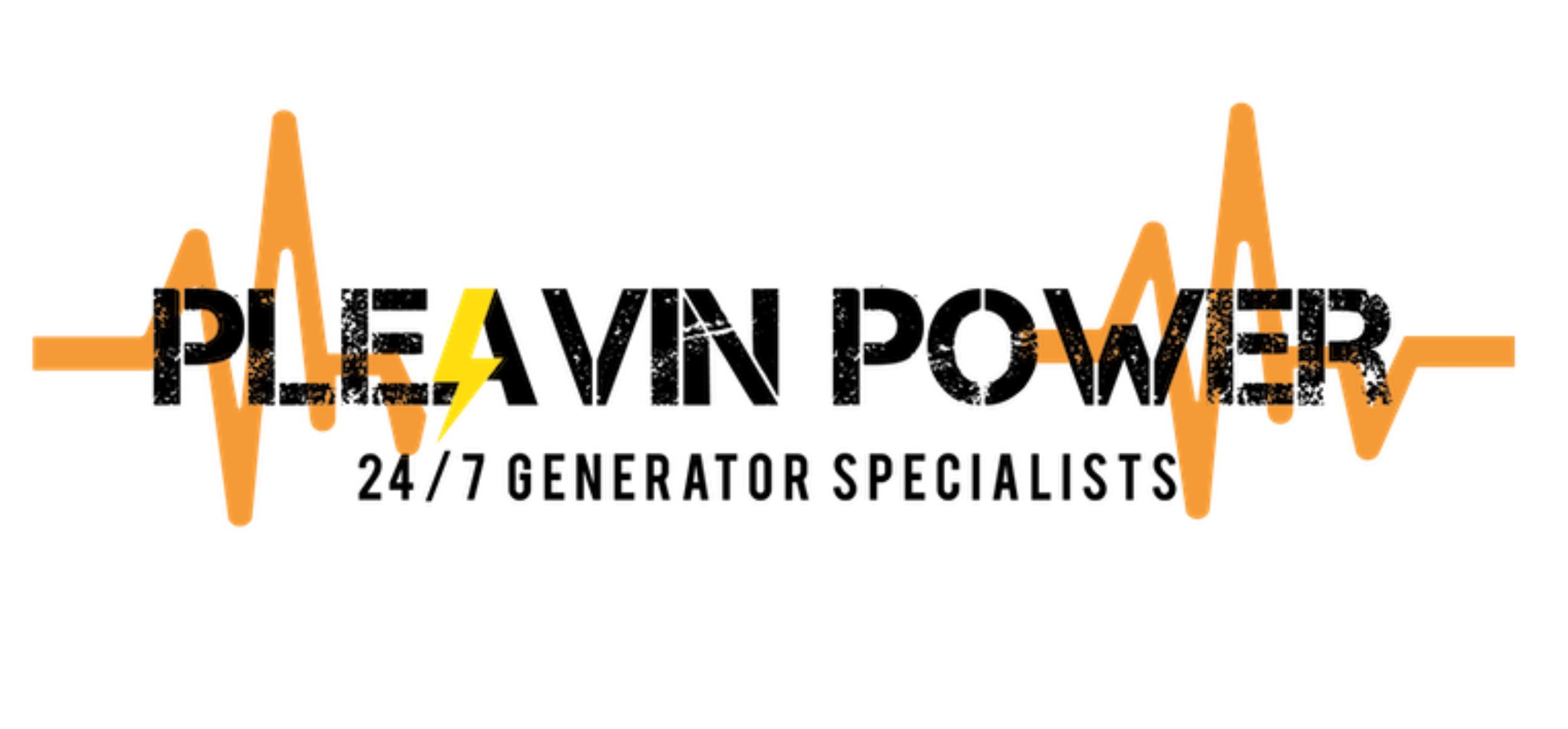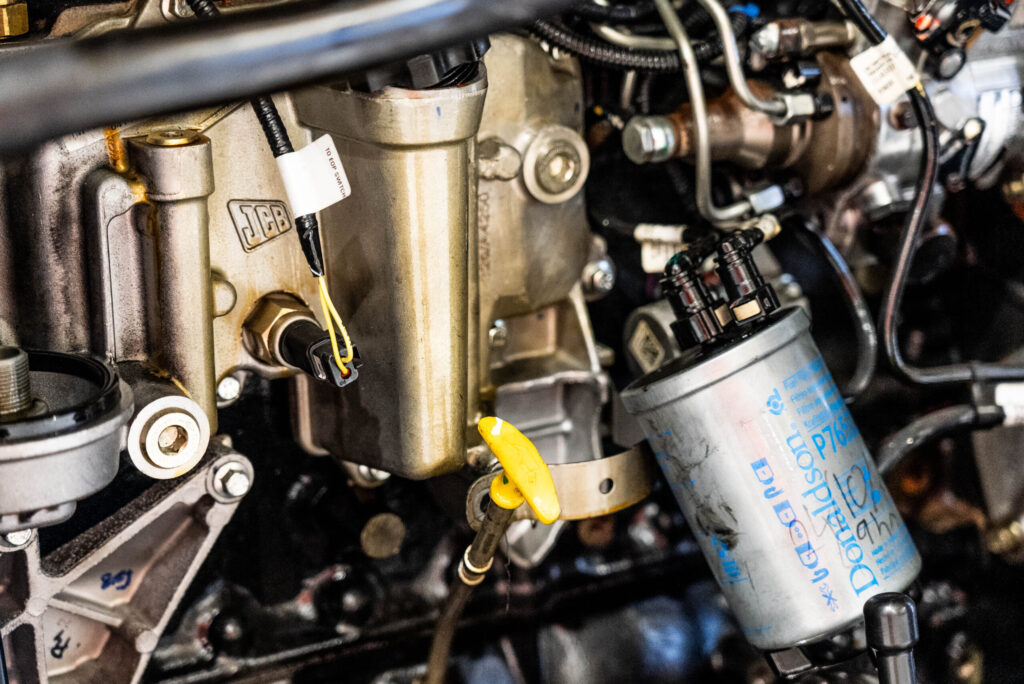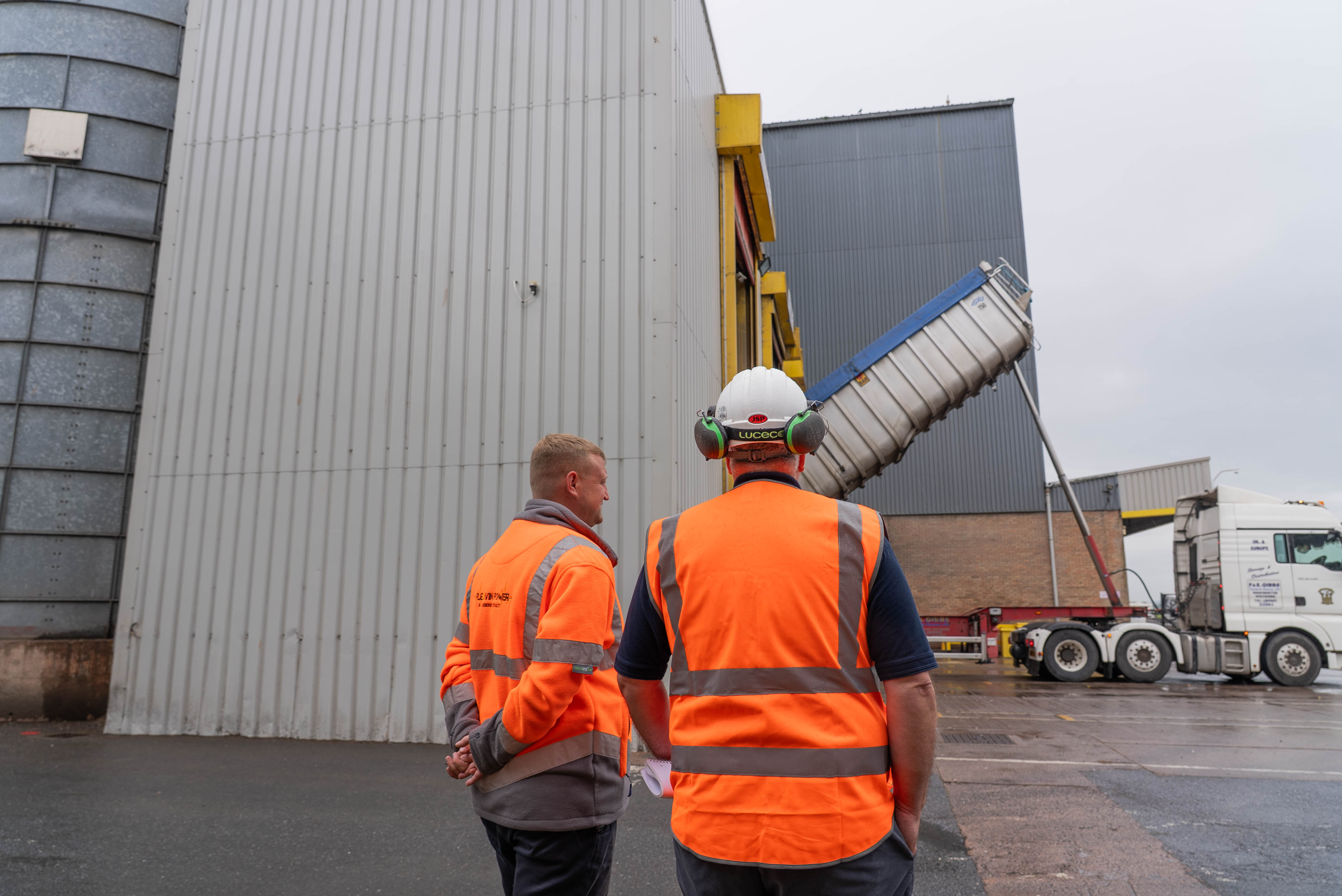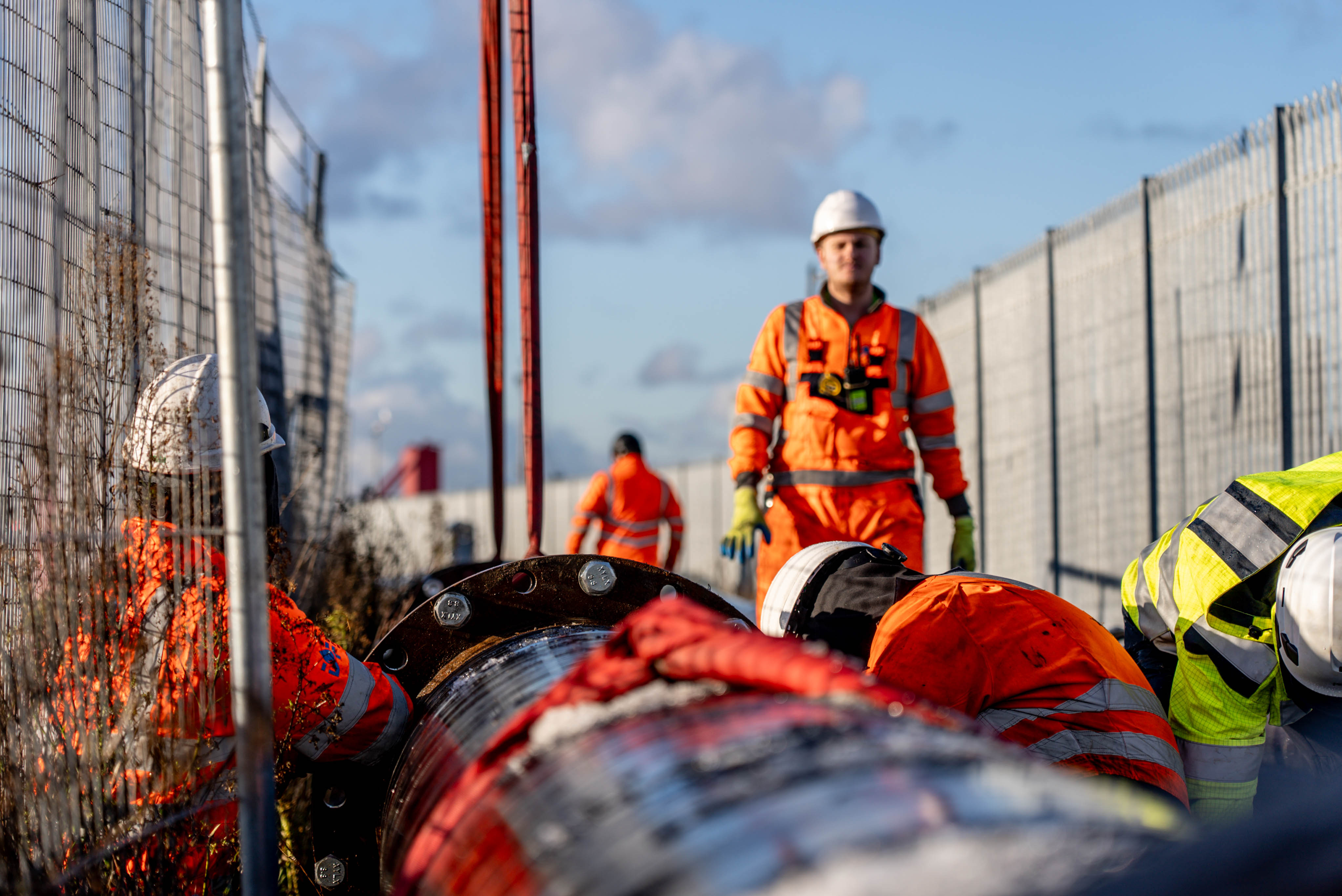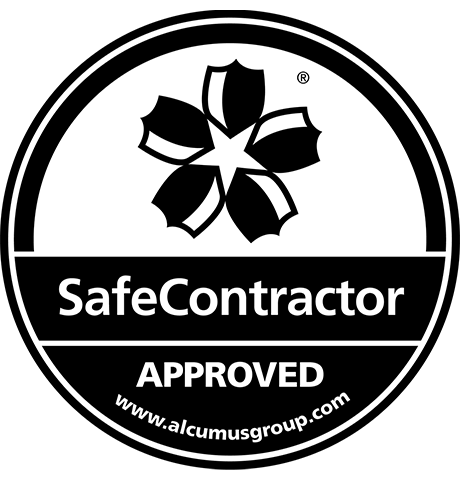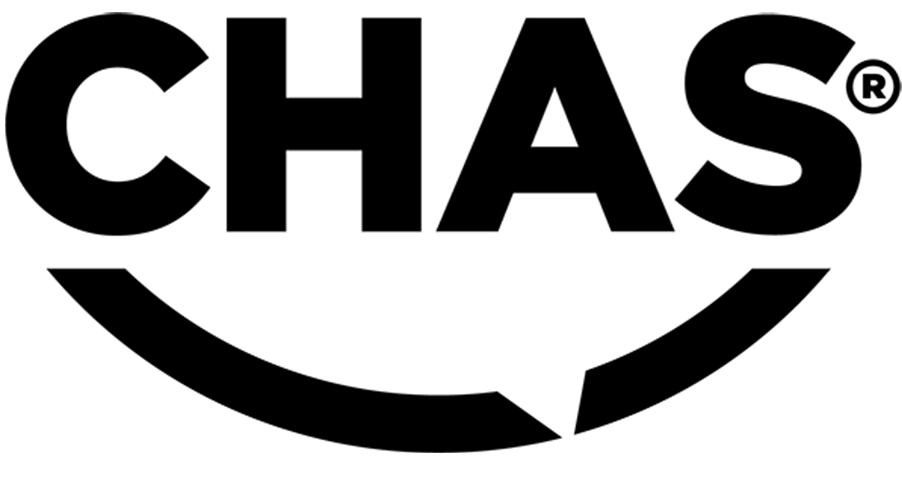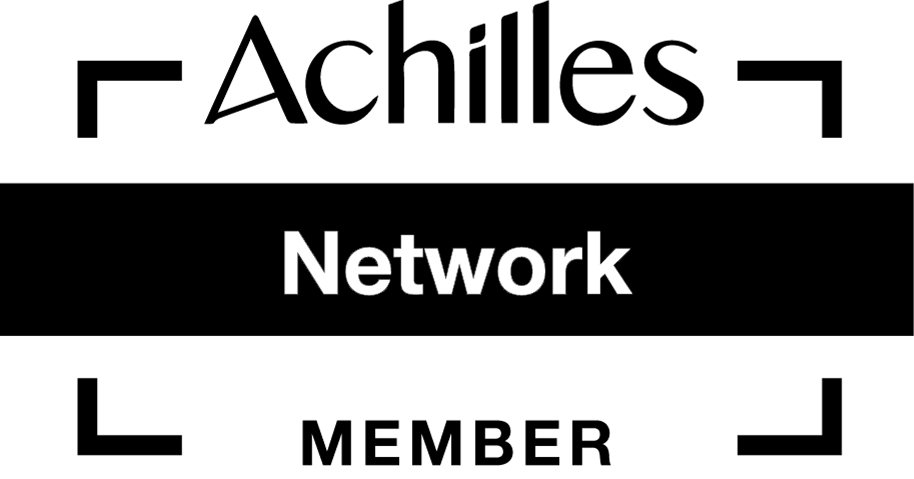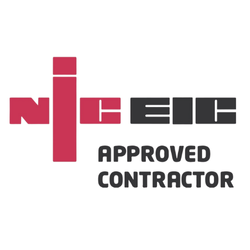When an older diesel generator starts to underperform, businesses are often faced with a critical decision. Should they repair the generator, or replace it altogether?
However, there could be a different solution, which is to replace specific parts of the generator. A common part in need of replacement is the generator’s winding coils, which can be restored using a process known as rewinding.
Rewinding is a cost-effective option which can restore performance and extend the generator’s life, without the need for a full replacement.
What Is Generator Rewinding and When Is It Needed?
Generator rewinding involves replacing the wire windings within the stator or rotor of a generator. These windings are essential for converting mechanical energy into electrical power.
Over time, insulation can degrade, coils may become damaged and electrical faults can reduce output. It can even lead to total failure of the generator.
The following are all signs that rewinding could be needed:
- The generator shows reduced voltage or irregular power output
- There are insulation failures due to age or environmental damage
- The windings burn out due to overheating or short circuits
- The generator is old, but could be refurbished to extend its usable life.
Instead of scrapping the entire unit, rewinding can give the generator a new lease of life. Technicians can strip out the damaged windings, replace them and thereby restore the generator’s original performance.
It’s also important from a safety and compliance perspective. The HSE has guidance which outlines the critical importance of maintaining safe winding insulation and proper earthing to prevent electrical faults and ensure reliable operation.
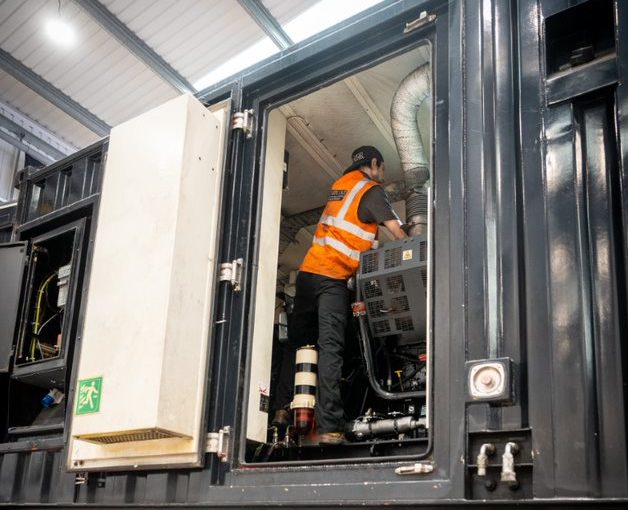
How Rewinding Restores Power Output in Diesel Generators
A diesel generator relies on precise electrical components in order to generate consistent power. When windings deteriorate, it creates inefficiencies in the electromagnetic field. This can lead to weak or unstable power delivery.
Rewinding directly addresses this problem. By replacing the old windings with new, insulated coils and restoring proper alignment, the generator can once again produce its intended power output.
For businesses and organisations relying on a steady emergency power supply, this restoration is critical. It ensures operations remain protected during blackouts or grid failures.
Rewinding also provides an opportunity to inspect and upgrade components, often improving performance beyond the original factory condition, especially when modern insulation materials are used.
The Business Benefits of Rewinding Over Replacing
Rewinding offers a number of benefits compared to full replacement, so it could be a more strategic and sensible investment in many situations.
Extended Equipment Life
Generators are built to last, especially industrial diesel models. The core mechanical components, such as the engine and frame, often remain in good condition long after the electrical parts wear down.
Rewinding revitalises these units, giving them many more years of reliable service without the hefty price tag which comes with buying new equipment.
Faster Turnaround Than Replacement
Ordering and installing a new generator can take weeks or even months, especially for large or specialised systems.
Rewinding can often be completed in a much shorter time frame. Use a professional company specialising in generator rewinding and you’ll find that the whole process of assessment, rewinding and testing can be done in a matter of days. This means your systems will be back up and running much more quickly.
Improved Energy Efficiency
Aging windings or damaged insulation can cause electrical losses, which in turn can lead to higher fuel consumption and reduced efficiency.
Rewinding restores the generator to its optimal operating condition. In some cases, using improved materials and tighter manufacturing tolerances during the rewind can enhance efficiency even beyond the original design.
Reduced Downtime and Disruption
Replacing a generator can be disruptive as well as costly. It often requires major infrastructure changes, as well as electrical rewiring and logistical planning.
Rewinding, on the other hand, is a targeted service that restores performance without altering your existing setup. This means less operational downtime and fewer interruptions to your daily processes.
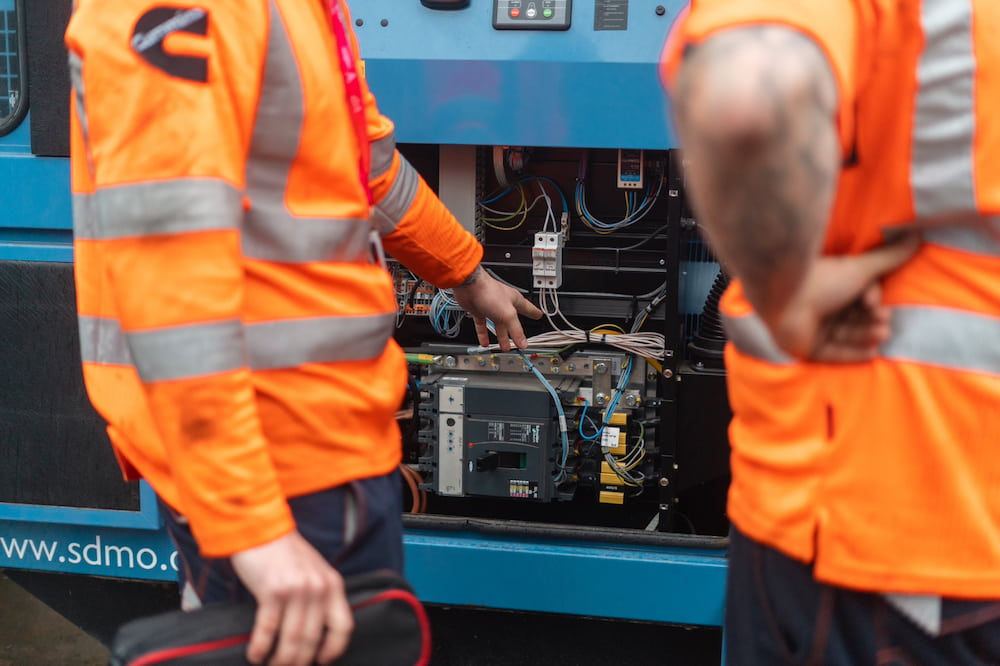
Signs Your Diesel Generator Needs Rewinding
Knowing when to rewind your generator is key to maintaining performance and preventing costly failures.
Here are some common warning signs to look out for:
- Unstable voltage or frequency – fluctuating power output can indicate winding degradation
- Burning smell or smoke – this is a clear sign of insulation failure or electrical overheating, and one that should never be ignored
- Frequent tripping or shutdowns – the generator’s protective systems may activate due to short circuits or overloads in the winding system
- Visual signs of damage – these include cracked insulation, exposed coils or blackened components
- Decreased load capacity – if your generator can’t handle the same load it once did, failing windings may be the culprit.
If you notice any of these issues, you should book in a professional assessment as soon as possible. A trained technician can perform insulation resistance testing, surge testing and thermal imaging to determine if rewinding is the right solution.
For those interested in learning how to rewind a generator, it’s important to note that this is a highly specialised procedure. It involves disassembling the generator, removing old coils, precision winding new ones, applying insulation and conducting extensive testing. This work should always be carried out by certified electrical engineers: It’s not something you can do yourself.

